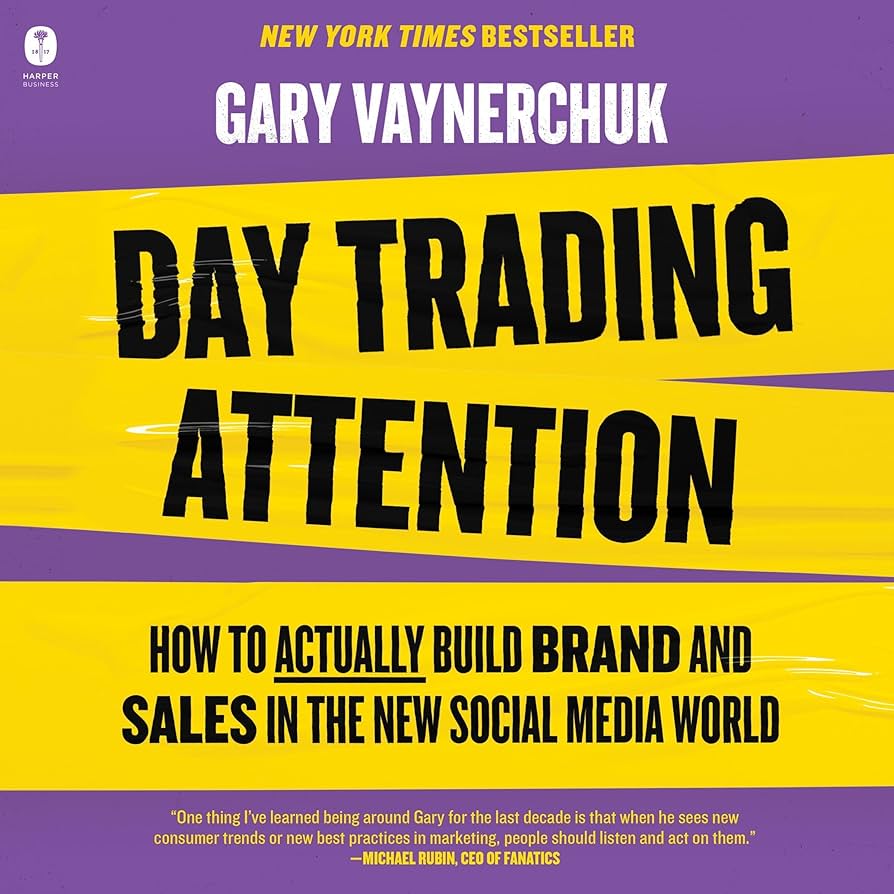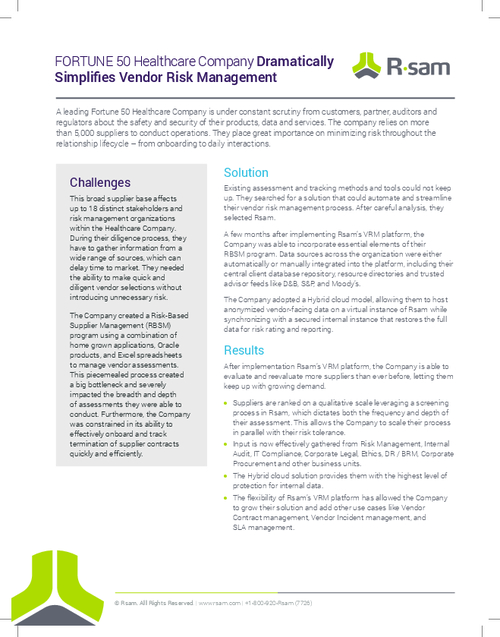Did you know that even the most seasoned traders can sometimes feel like they’re juggling flaming torches while riding a unicycle? Scaling up your trades safely is a delicate balance, and understanding how to do it can elevate your trading game without the risk of a fiery disaster. In this article, we’ll cover essential strategies for safely increasing trade size, from managing your trading capital and setting stop-loss levels to recognizing signs that you're ready to scale up. We’ll also discuss the importance of position sizing, risk management techniques, and the tools you can use to navigate market volatility. With insights from DayTradingBusiness, you’ll learn how to diversify your trades, maintain discipline, and avoid common pitfalls as you confidently expand your trading activities.
How can I start scaling up my trades safely?
Start by gradually increasing your position sizes, not jumping in all at once. Use a solid trading plan with clear risk management rules, like setting stop-losses and limiting daily losses. Analyze your past trades to identify consistent strategies before scaling. Diversify your trades across different assets to reduce risk. Keep emotions in check—don’t chase losses or overtrade. Use smaller leverage if available, and test new strategies on demo accounts first. Stay disciplined and only scale when your trading performance is consistently profitable.
What are the key risks when increasing trade size?
Increasing trade size raises the risk of larger losses if the market moves against you. It can lead to overleveraging, which amplifies margin calls and account drawdowns. Larger trades reduce your ability to diversify, increasing vulnerability to single-position risks. Emotional stress and impulsive decisions often spike with bigger trades, risking poor judgment. Finally, insufficient risk management or stop-loss placement can turn small setbacks into significant account hits.
How do I manage my trading capital during scale-up?
Start by gradually increasing your position sizes instead of jumping all in. Keep your risk per trade small—usually 1-2% of your capital. Use stop-loss orders to protect gains and limit losses. Diversify your trades to avoid overexposure in one asset. Monitor your overall drawdown closely and set clear profit targets. Keep a detailed trading journal to track how your capital and risk management adapt as you scale. Adjust your leverage carefully to avoid over-leveraging. Stay disciplined, and don’t let emotions drive larger trades.
What strategies help minimize losses when expanding trades?
Use stop-loss orders to limit potential losses. Start with small position sizes and gradually increase as you gain confidence. Diversify your trades across different assets to avoid overexposure. Maintain a clear risk-reward ratio for each trade. Keep emotions in check and avoid impulsive decisions. Regularly review and adjust your trading plan based on performance. Use technical analysis to identify strong entry and exit points. Only leverage cautiously, if at all, to prevent amplified losses.
How do I set appropriate stop-loss levels for larger trades?
Set stop-loss levels by risking a small percentage of your total capital, like 1-2%, to limit losses. Use technical analysis—place stops below recent support for long positions or above resistance for shorts. Adjust stop-loss distances based on trade size—larger trades need wider stops to avoid being stopped out prematurely. Consider volatility; wider stops in volatile markets prevent unnecessary exits. As your position grows, scale your stops proportionally, ensuring your risk remains consistent. Regularly review and tighten stops as the trade moves in your favor to lock in gains.
What role does position sizing play in safe scaling?
Position sizing controls risk by limiting how much you trade relative to your account, preventing big losses during scaling. It ensures you don’t overexpose your capital as you increase trade sizes, maintaining consistent risk levels. Proper position sizing helps you grow your trading account steadily without jeopardizing your financial stability.
How can I diversify my trades to reduce risk?
Diversify your trades by spreading investments across different assets, sectors, or markets. Use smaller position sizes to avoid overexposure. Incorporate stop-loss orders to limit potential losses. Maintain a balanced portfolio that isn’t heavily weighted in one area. Regularly review and adjust your trades based on market conditions. Avoid putting all your capital into a single trade or asset class. Consider trading different strategies or timeframes to reduce overall risk.
What are the signs I’m ready to scale my trades?

You’re ready to scale your trades when your win rate is consistently high, and you can handle larger positions without emotional stress. You have a solid, tested trading plan with clear risk management. Your account has grown enough to support bigger trades without risking your entire capital. You notice your strategy works across different market conditions, and you can stick to your plan even during volatility. You’re confident in your ability to analyze setups and manage trades without impulsive decisions. When you can replicate your success steadily at a larger scale, it’s time to scale up safely.
How do I maintain discipline when trading larger amounts?
Set strict risk limits and stick to them. Use smaller position sizes initially to build confidence. Implement a solid trading plan with clear entry and exit rules. Avoid emotional decisions—trust your strategy. Increase trade size gradually, only after consistent success at lower levels. Keep a detailed trading journal to track your discipline. Use automation or stop-loss orders to prevent impulsive moves. Prioritize quality setups over quantity as you scale. Stay focused, and don’t let greed or fear drive bigger trades.
What tools or software assist in safe trade scaling?
Tools like trading platforms with risk management features (e.g., MetaTrader, Thinkorswim) help scale trades safely by setting stop-loss and take-profit orders. Portfolio management software (e.g., TradingView, eToro) offers real-time analytics and diversification insights. Algorithmic trading bots automate and control risk exposure. Trading journals and analytics tools (e.g., Edgewonk, TraderSync) track performance and refine strategies. Risk management tools like position sizing calculators and leverage controls minimize losses as you grow your trades.
How should I adjust my trading plan for bigger trades?

Increase position sizes gradually, only after consistent success with smaller trades. Use tighter stop-losses to protect capital and avoid overexposure. Reassess risk tolerance, ensuring it aligns with larger trades. Diversify your trades to prevent concentration risk. Monitor your emotional response; avoid impulsive moves. Keep detailed records to learn from each scaled-up trade. Adjust your plan based on performance and market conditions, never rush into bigger trades without thorough analysis.
What common mistakes should I avoid when scaling trades?
Avoid overleveraging, which amplifies losses. Don’t increase position sizes without proper risk management. Ignoring market conditions or failing to set stop-losses leads to big setbacks. Relying on emotions instead of a clear plan causes impulsive decisions. Neglecting to diversify or overconcentrating in one asset increases risk. Scaling too quickly without testing your strategy amplifies mistakes. Failing to monitor trades regularly can turn small issues into big losses.
How does market volatility affect larger trades?
Market volatility increases risk in larger trades by causing sudden price swings, making it harder to predict outcomes. It can lead to rapid losses if the market moves against your position. To scale up safely, tighten your stop-losses, diversify positions, and only allocate a small portion of your capital. Use volatility measures like ATR to set realistic entry and exit points. Avoid over-leveraging during volatile periods to prevent margin calls. Stay disciplined and monitor market conditions closely.
How can I use leverage safely when increasing trade size?
Use leverage cautiously by starting with low ratios, like 2:1 or 3:1, to limit risk. Always set stop-loss orders to protect against large losses. Increase trade size gradually as you gain confidence and verify your risk management strategy. Avoid doubling down on trades; stick to your predetermined leverage limits. Regularly review your trades and adjust leverage based on market volatility and your account size. Never use maximum leverage without fully understanding the potential downside.
What risk management techniques are essential for scaling?

Use position sizing to limit risk per trade, set stop-loss orders to cap potential losses, diversify across assets to reduce exposure, and implement a trading plan with strict entry and exit rules. Regularly review performance and adjust risk levels as your account grows. Maintain emotional discipline to avoid reckless decisions during scaling.
Conclusion about How to Scale Up Your Trades Safely
Scaling up your trades can enhance profitability, but it demands careful planning and risk management. By understanding the key risks, employing effective strategies, and utilizing appropriate tools, traders can navigate this complex process successfully. Always prioritize discipline and adaptability in your trading plan to ensure sustainable growth. For comprehensive support and insights tailored to your trading journey, DayTradingBusiness is here to guide you through every step of scaling your trades safely.
Sources:
- Trading-off and trading-up in the world of bacteria–phage evolution ...
- Eight Emerging Effects of the COVID-19 Pandemic on Small-Scale ...
- Small-scale trade in the Great Lakes Region: Eight emerging effects ...
- IMF Executive Board Concludes the Review of the Role of Trade in ...
- Rethinking Trade-Driven Extinction Risk in Marine and Terrestrial ...
- Small-scale fishing households facing COVID-19: The case of Lake ...